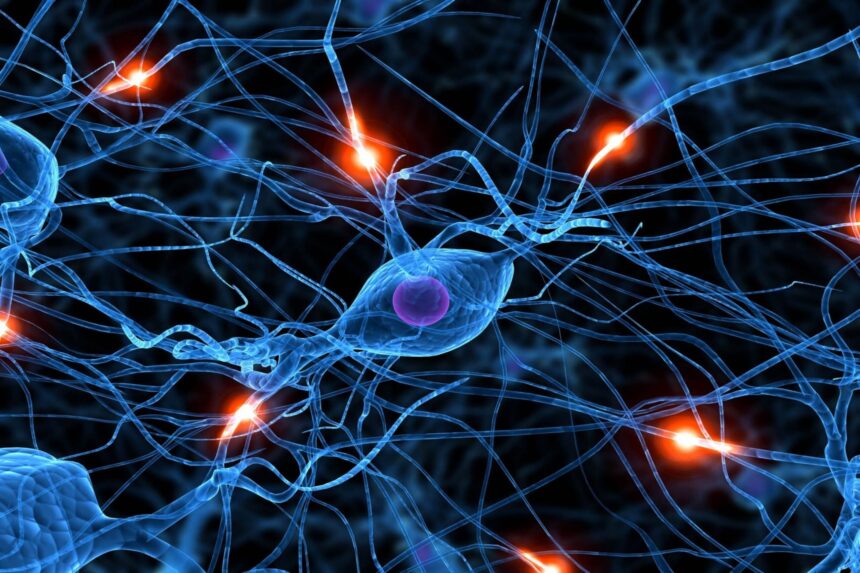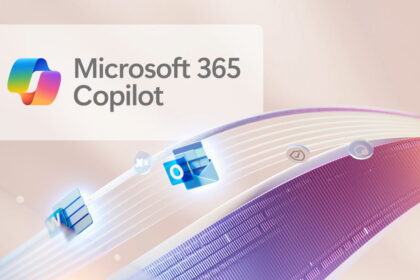The collaboration between AMD and Microsoft has resulted in a significant development: the ability to monitor AMD NPUs (Neural Processing Units) through Task Manager, a functionality previously exclusive to Intel chips.
- AMD (Advanced Micro Devices) has been working with Microsoft to enable their neural processing units (NPUs) to be monitored in Windows Task Manager.
- NPUs are processors specialized for neural network computations used in AI and machine learning. They are optimized to efficiently handle workloads like pattern recognition and natural language processing.
This allows users to view metrics like utilization and clock speeds for AMD NPUs, similar to how CPU and GPU usage can be monitored. Enabling better visibility into NPU performance and workloads facilitates debugging, profiling, and optimization of systems using AMD’s AI accelerators.
Overall, the collaboration demonstrates AMD and Microsoft working together to improve the experience of running AI applications powered by AMD hardware and Windows software.
Real-time resource optimization
Integrating the NPU into the Windows 11 Task Manager will provide users with insights into resource allocation on their devices and the utilization of system components. This capability is particularly important for power management on laptops and notebooks.
With the NPU being incorporated into the Task Manager interface, users will have visibility into which programs are utilizing the NPU, similar to how they can monitor CPU, graphics card, and RAM usage.
This enhanced visibility will enable users to understand better how the NPU is being utilized within Windows, helping them optimize performance and resource allocation as needed.
Technological Complexity in Windows 11
This advancement underscores Microsoft’s commitment to keeping pace with the growing complexity of PCs, following the precedent set by monitoring GPU usage during the Windows 10 era. Task Manager is evolving into a more sophisticated tool, as evidenced by the inclusion of NPU monitoring.
Currently, users can monitor several key elements:
- CPU Usage: Crucial for identifying processes consuming excessive resources.
- RAM: Helps detect memory leaks or high-RAM usage applications.
- HDD: Monitors disk read/write activity to identify performance bottlenecks.
- Network: Tracks network load to understand application interactions and their impact on connection speed.
- GPU: Useful for monitoring dedicated GPU performance, especially for graphics-intensive applications.
- Battery: Essential for portable devices to optimize battery life by monitoring process battery consumption.
- Startup Programs: Allows users to manage programs set to start automatically for efficient system startup.
Looking ahead, Microsoft may consider incorporating additional elements into Task Manager, such as system temperature, disk integrity, or background processes, to provide users with a more comprehensive understanding of their system’s performance and health.










